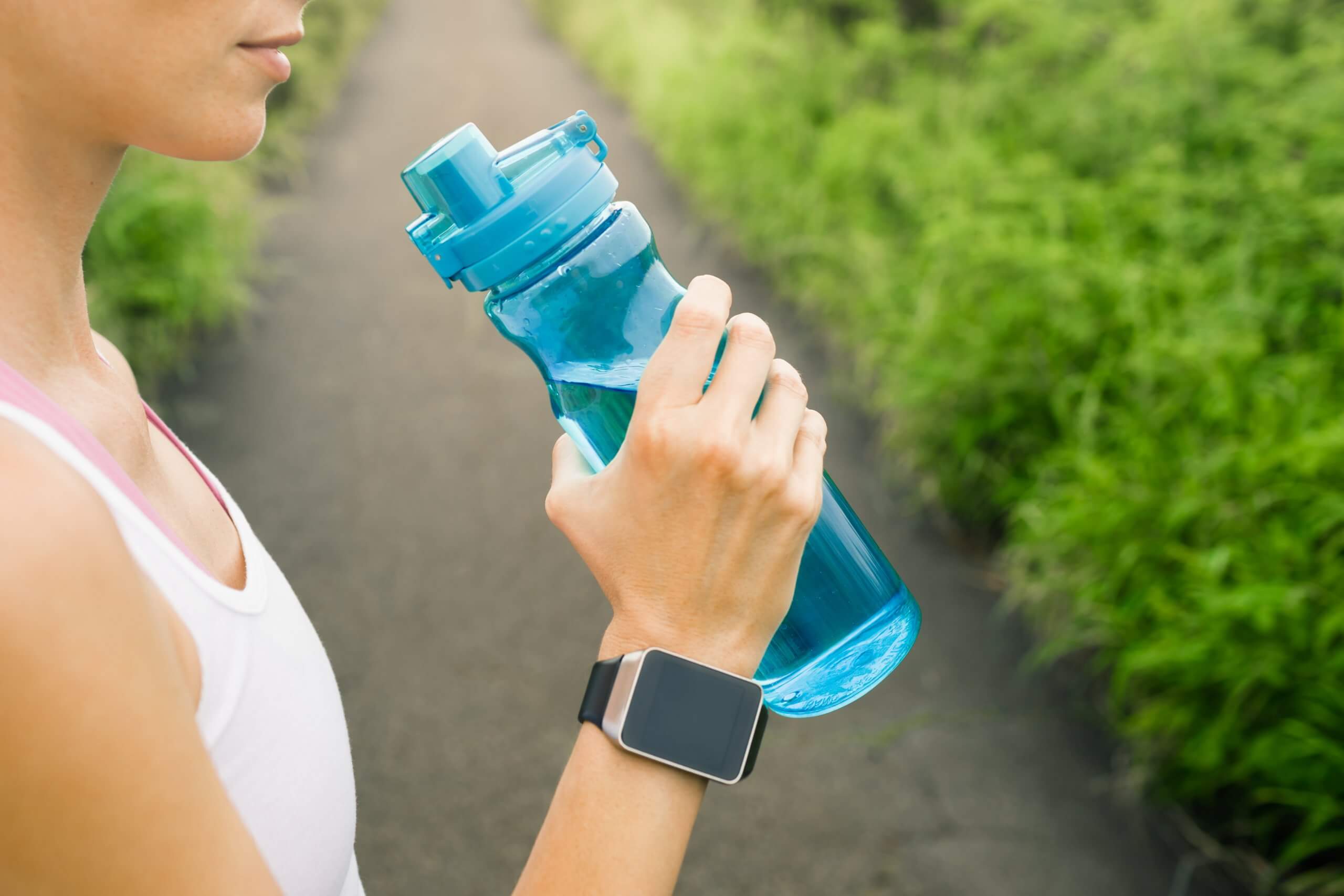7 Ways We Are Using Technology to Revolutionize Water
With the world’s population growing, water resources are becoming more scarce and new water technologies are in dire need.
Crisis and Save Our Water Supply
With the world’s population growing, water resources are becoming more scarce and new water technologies are in dire need. There are more people with access to cell phones than with access to toilets proving that in some areas it is easier to access the internet than water. Water scarcity and droughts are making it exceedingly difficult to supply clean drinking water to people and provide utilities to residences.
In response to these problems, many technology companies are innovating the way that we can receive, monitor and utilize our water sources. By using new advanced technologies, water can be recycled, traced, stored and applied to inventive and more renewable sources. In this post, we will examine how tech companies are making advancements in filtration systems, desalination practices, irrigation procedures, hydropower technology, appliance innovations, water data systems and recycling facilities.
Desalination
Technologies have also figured out new ways to convert salt water into fresh water. Desalination treatment plants have been widely used all over the world, especially in places that are drought ridden or have limited access to water. Besides reverse and forward osmosis, there have been new advancements in the ways desalination works to make it cheaper and more efficient.
The use of Aquaporins, which are proteins that are embedded into membranes that filter out salt at the cellular level mimic biological processes. There are also some desalination plants that use solar UV technology to desalinate the water.
Irrigation Controllers
There are two types of irrigation control, for the home and for commercial use and new technologies have made it easier to regulate the amount of water that is used in these practices. First, for home irrigation like lawn sprinklers there are new innovations that can download information (via Wifi connection) to alert the system to weather reports and landscape conditions to better assess the amount of water needed and customize the program accordingly. Second, for commercial irrigation, companies have developed new tubes that transport only water vapor through the system not solutes or actual water. This way, salt water can be used in irrigation practices to grow trees and crops. Commercial irrigation systems have also implemented the smart irrigation systems like the home sprinklers, just on a larger scale. These large scale smart systems preserve water, locate leaks or other potential problems and pinpoint exactly how much water is needed.
Hydropower
Utilizing water to make electricity is not a new technology as dams in large rivers have been doing this for years. But recently, car manufacturers have started to use technology to make hydro-powered vehicles that use water to power the engine. This alternative is better for the environment, more cost effective for consumers and in the future we will be seeing more hydro cars on the road and in the marketplace.
Appliance Innovations
To avoid water waste, appliance companies are using new technology to modernize appliances and make them more efficient by utilizing less water. There are toilets and shower heads that use less water within the home; in commercial buildings they have pipelines and metered water regulations. In 2012, the Gates Foundation came up with a solution for developing countries by creating self-sufficient solar powered toilets that do not rely on running water to function. These toilets recycle the grey waste water used and with the solid waste, the technology is able to turn it into fertilizer.
Water Data
Knowing where the water is going and what it is being used for can help businesses and consumers regulate their water use. There are new smart technologies that specialize in compiling the water usage data from pipelines, meters, and water quantities. Some companies (like Precision Hawk) have been working farms to start using drones to monitor their fields and their water supply. These drones help farmers realize where run-off is happening, where water is being wasted and for watershed/irrigation mapping.
Mobile Recycling Facilities
Currently, most wastewater recycling facilities are centrally located in towns and cities. This location makes wastewater recycling inaccessible to rural areas and expensive for cities to upkeep. Often times, the wastewater loads in cities is so high that the facilities may not be able to filter out all the wastewater efficiently and some grey water may still end up in fresh water sources. To prevent this some companies and municipalities have started using mobile wastewater facilities and modular sludge filters to provide filtration where it was inaccessible before. These mobile water treatment facilities are also used in developing countries where there may not be any wastewater filtration possible. These mobile centers prevent pollutions and contaminants from running off and entering clean, fresh rivers, lakes and streams.
As our water resource becomes more precious, technology companies are becoming more innovative in the way they design their products and use their expertise to come up with new ways to help the water crisis. By utilizing some of these strategies and new technologies, businesses and consumers can become more conscious of how to save water and use it most efficiently. To learn more visit this site, which is updated regularly on the newest water technologies and innovations.





